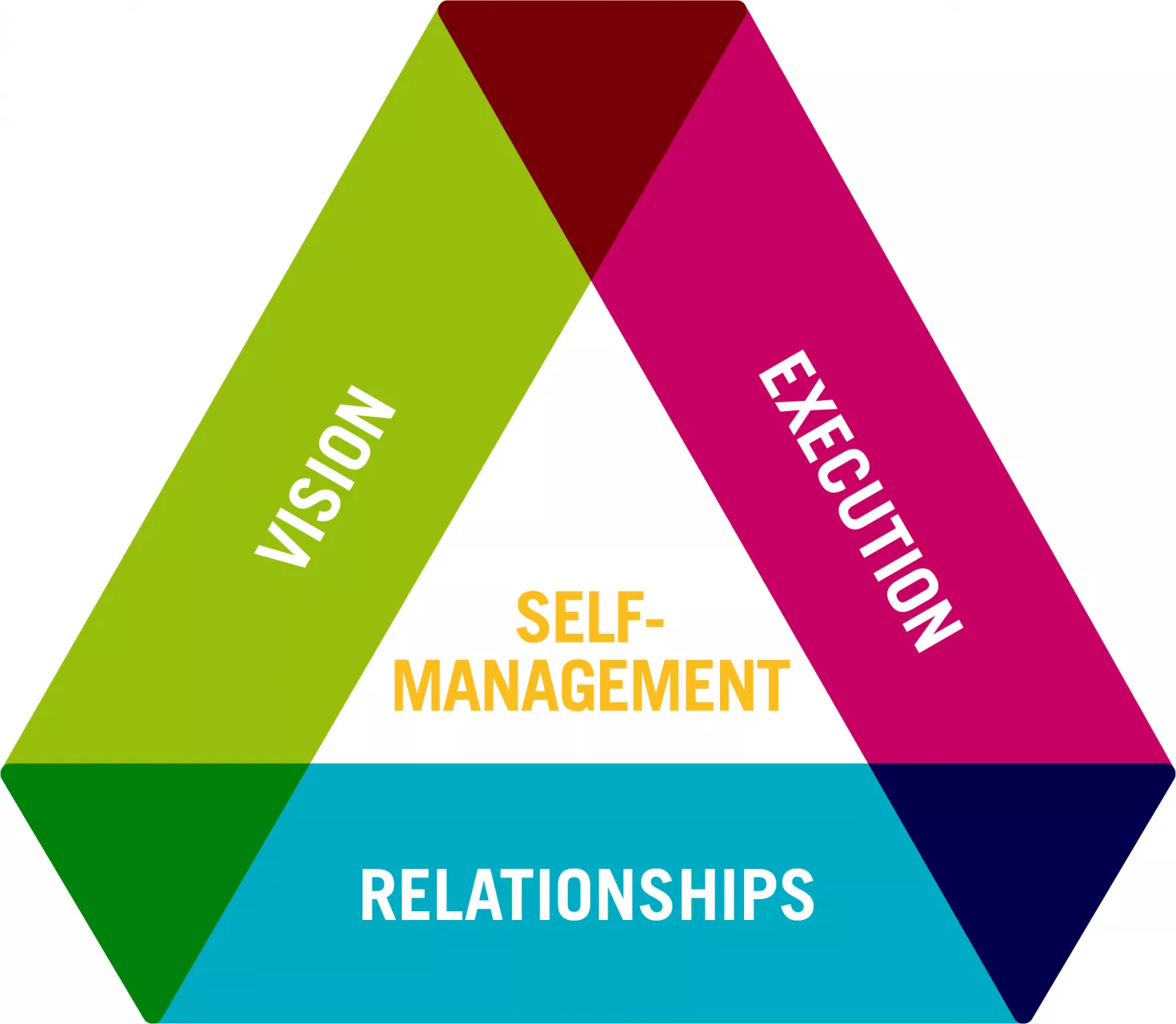Want to be a better version of yourself as a leader? Bolster your talents!
Your talent is something that comes naturally to you. You do it with ease and little effort. It put you in the zone and fills you with energy. It’s your signature brand. It sets you apart and allows you to succeed with impact and influence. Working on your weaknesses is never a bad idea but tapping into your talent is a shortcut to success! It’s your driving force, what propels you forward.
Leaders give the best of themselves in terms of talents, strengths, and personality traits. It’s how they inspire their team. They become role models, and others follow their lead. By developing their full potential, every member of the group is of benefit to the team.
Talent is what drives the team. It’s therefore in a leader’s best interest to nurture their own talents, as well as those of their people.
Surround yourself with a range of talents
It used to be common for leaders to surround themselves with people who were just like them. They would make the mistake of recruiting their clones with the belief that you are best served by people who resemble you or who act exactly like you do.
Does this make sense to you? Imagine if a conductor who is especially fond of the piano (because he also plays piano) decided to work solely with pianists. What would this mean for the sound?
Draw on complementary talents
Do you think a symphony orchestra that only had double bassists or clarinetists—no matter how talented—could still perform the most beautiful pieces in the world?
It’s essential to have complementary talents on your team. Let’s keep using the example of the orchestra to illustrate why.
A symphony orchestra that is made up of complementary talents can perform a wide range of music. It will have the flexibility to tackle any repertoire and approach the most demanding pieces with confidence. Drawing on specialties that each musician has developed individually can lead to magnificent results!
A team with a discerning conductor and talented violinists, trumpeters, and clarinetists will maximize its ability to perform great music. The conductor will be able to step up to the podium with confidence and face the most discriminating audience.
Create synergy
Be forewarned that putting the best musicians on the same stage isn’t enough. Remember that 1 + 1 does not equal 2 when it comes to team synergy. Once you have recruited exceptional talents, it is up to the leader to create synergy between them so that everyone is mobilized, enthusiastic, and working together.
The leader makes the magic happen, just like a conductor brings musicians together to deliver their best performance.

Five (5) practical steps
Step 1
Know yourself and target the talents that make you unique.
To help you identify your talents, look back at your history and life path (academic and professional) and use tools, tests, and feedback to identify the areas you enjoy. Ask yourself what has always come easy to you and makes you feel happy and filled with energy.
For example, are your talents in doing (e.g., operations, problem solving in the heat of the action, implementing, examining details), thinking (e.g., innovation, complex analysis, vision of the future), or relationships (e.g., helping, communication, persuasion, collaboration, and partnership)?
Step 2

Use and flex your talent to make it stronger.
Get help to boost your confidence and work with a coach. Gradually ramp up the challenge to expand your comfort zone, one step at a time.
E.g., Do you know how to make things easy to understand? Are you good at explaining technical material but get stage fright when there’s an audience? Find a coach to help you practise!
By using your natural talents at work as often as possible, they will become your strengths.

Step 3
Create a professional brand image with your talents.
Talk to your superiors, partners, colleagues, and clients. Clearly identify what the expectations are about your role as a leader so that you fully understand the part you play and how it relates to your talents and strengths.
Ask yourself the following questions:
- How will my five talents serve me well in my role?
- What behaviour did the most effective leader exhibit in this role before me? How can I model that role to put my unique qualities and talents to use?
Tips for making your talents shine
- Choose projects that showcase your talents
- Orient objectives toward what puts you in your zone of excellence
- Delegate tasks that do not draw on your strengths
Step 4
Draw a map of the talents of close colleagues and create solid trios, then use coaching techniques to bring out the best in each trio.
- What are the talents on my team and among my colleagues?
- Which talents complement me best?
- Where are the blind spots and talent gaps in my trios related to their role?
- How do I create groups with complementary talents?
Strengthen your team using a range of strategies, such as team-building activities, and adjust your coaching method.

Step 5
Practice. Practice. Practice.
With practice, your top five talents will get stronger and eventually become solid habits.
Frequent feedback will help you quickly adjust your behaviour so be sure to ask for feedback on your attempts, successes, and even failures.
If you work in an environment where it’s acceptable to take risks, go for it. Test new approaches, experiment, and step outside of your comfort zone. Push the limits of your talents and put them to the test.
Lastly, surround yourselves with mentors, coaches, and colleagues to support you in your development.
Your talents are what make you excel when you are in the zone. Knowing what they are and using them will make you shine!




